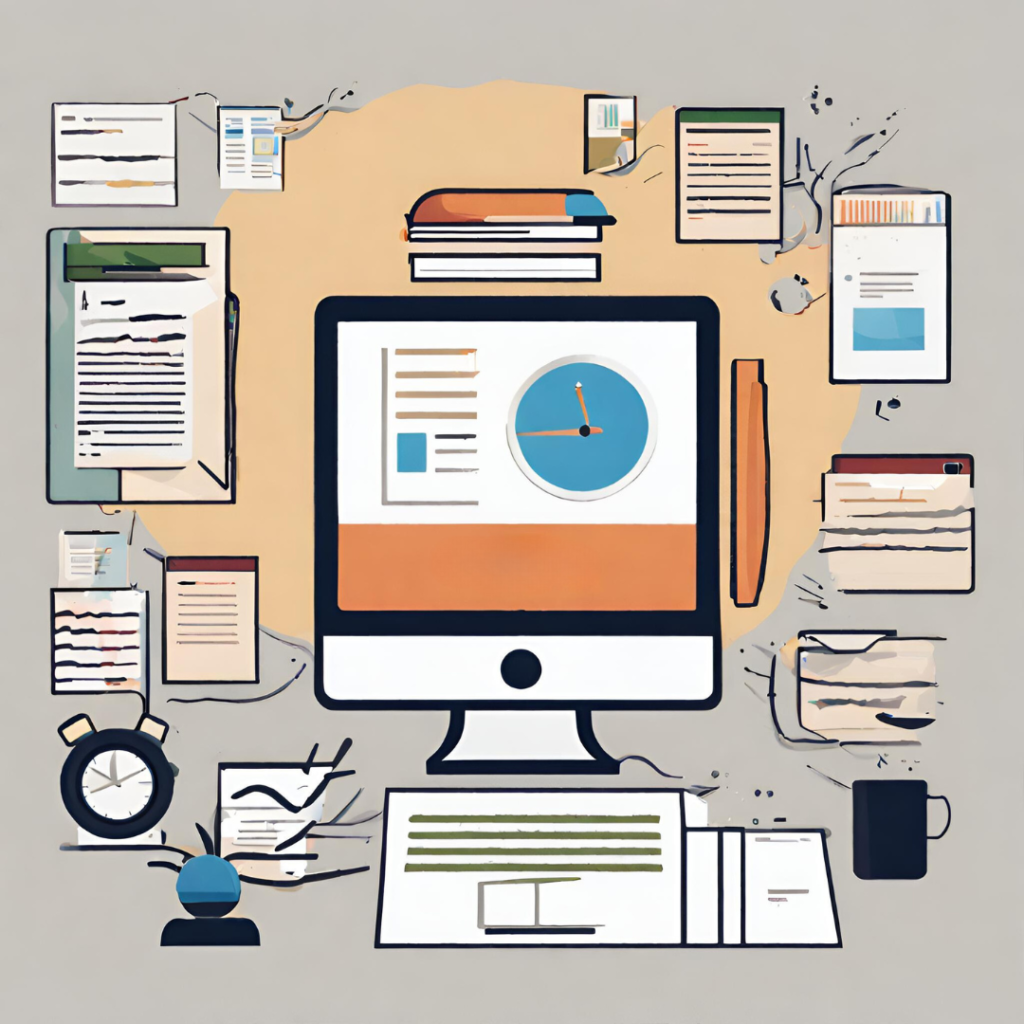
In the bustling world of academia, students are often swamped with a plethora of tasks, from coursework and extracurricular activities to personal commitments and future planning. Amidst this whirlwind, mastering the art of prioritization becomes a linchpin for success. This article delves deep into the world of prioritization, unveiling strategies that can transform your study sessions from chaotic to coherent.
Understanding the Need for Prioritization
Before we dive into the techniques, it’s crucial to grasp why prioritization is indispensable:
- Streamlining Workflow: With a clear hierarchy of tasks, you can navigate your academic journey methodically, eliminating wasteful diversions.
- Boosting Efficiency: Recognizing and focusing on what truly matters maximizes your productivity, ensuring you get more done in less time.
- Enhancing Mental Well-being: A structured approach reduces anxiety and stress, enabling a healthier, more balanced student life.
Frameworks for Task Prioritization
Several tried-and-true frameworks can guide your prioritization journey:
The Eisenhower Box:
This method stems from President Dwight D. Eisenhower’s principle: “What is important is seldom urgent and what is urgent is seldom important.” It offers a matrix that helps discern tasks based on two critical dimensions – urgency and significance.
- Quadrant I: Tasks demanding immediate action. These are the critical crises, deadlines, and problems that require your attention right away. Addressing these promptly can prevent further complications.
- Quadrant II: Crucial tasks that don’t have an immediate deadline but warrant proactive attention and planning. Investing time in these tasks, like long-term projects or personal development, can lead to sustained growth and prevent future crises.
- Quadrant III: While these tasks may seem urgent, they’re not necessarily important to your own productivity. They’re better suited for delegation. For instance, responding to certain emails or attending some meetings might fit here.
- Quadrant IV: Tasks with little urgency or importance. These might be habitual activities that offer little value. They should be considered for elimination, or if possible, automated. Examples include mindlessly browsing the internet or certain routine chores.
The ABCD Method:
An intuitive way to categorize tasks, this method breaks them down based on their importance and urgency:
- A: Tasks of utmost importance. These are non-negotiable and need your immediate attention. They have clear consequences for action or inaction. Examples might include meeting major work deadlines or preparing for an exam.
- B: Essential tasks but not immediately pressing. While these are important, they can wait for a bit. An example might be planning a future project or brainstorming for an upcoming presentation.
- C: Low-priority tasks. They don’t have immediate consequences and are often the tasks you’d tackle when the A and B tasks are completed. This could include reading articles of interest or reorganizing your workspace.
- D: Tasks that don’t need your personal touch. Consider delegating them or setting them aside for when you have free time. For students, this might mean tasks like gathering references for a project, and for professionals, it could be routine paperwork.
The Ivy Lee Method
Originating over a century ago by productivity consultant Ivy Lee, this method simplifies task management to amplify focus and efficiency:
- List: Every evening, draft six primary tasks for the next day. This short list compels prioritization, ensuring you’re tuned into your most pressing responsibilities.
- Sequence: Organize these tasks in order of importance. This structure guarantees you tackle significant tasks when your energy is optimal.
- Mono-tasking: Start with the top task, proceeding sequentially without multitasking. This focus fosters quality output in a shorter timeframe.
- Roll Over: Unfinished tasks migrate to the next day’s list, ensuring continuity and task accountability.
- Reflect: Over time, you’ll discern your productivity patterns, guiding future adjustments for better efficiency.

Strategies for Effective Prioritization
- Start with the End in Mind: Envision your academic and personal goals. This clarity will act as a beacon, guiding your daily, weekly, or monthly task prioritization.
- Chunk Down Tasks: Fragment overwhelming assignments into manageable bits. This approach makes even the most daunting project feel achievable.
- Embrace Technological Aides: From apps like Trello and Todoist to simple digital calendars, technology can simplify and automate the task listing and prioritizing process.
- Flexible Deadlines: Allocate deadlines, even if none exist. These self-imposed timelines instill discipline and prevent procrastination.
- Weekly Reviews: Dedicate time each week to re-evaluate and adjust your priorities. This ensures alignment with your evolving academic landscape.
- Balance Work and Rest: All work and no play is a recipe for burnout. Prioritize breaks and relaxation to ensure sustained efficiency.
- Minimalistic Workspace: A tidy workspace can aid clearer thought processes, facilitating more informed prioritization decisions.
Common Prioritization Pitfalls and Their Remedies
- The Multitasking Mirage: While multitasking might seem like a path to efficiency, it often dilutes focus. Embrace mono-tasking, giving your all to one task at a time.
- Chasing Perfection: Aim for excellence, not perfection. Perfectionism can hinder progress. Adopt the principle of ‘progress over perfection.’
- The Procrastination Pull: Break tasks into smaller steps, and start with the easiest one. Beginning is often the hardest part. Use tools like the Pomodoro Technique to combat delay tendencies.
- Neglecting Self-Care: Your well-being is paramount. Regular breaks, adequate sleep, and proper nutrition are as crucial as any task on your list.
The Long-term Impact of Effective Prioritization
When practiced consistently, prioritization can offer transformative benefits:
- Consistent Academic Excellence: By focusing on the right tasks, you can consistently achieve high academic performance.
- Personal Growth: With tasks aligned with your goals, you find time for personal development pursuits, from hobbies to new skills.
- Enhanced Well-being: A balanced approach to tasks fosters mental peace, promoting overall well-being.
In Conclusion
Prioritization is more than just a productivity tool; it’s a life skill. In the dynamic, often unpredictable world of academics, having a clear roadmap of tasks can be your most potent ally. By internalizing the frameworks and strategies mentioned above, you can navigate your academic journey with confidence, poise, and unparalleled efficiency. Prioritize right, and watch your academic and personal life flourish.

